Floriography, also called the language of flowers, has been a means of cryptological communication for centuries. Through arrangements of specific flowers, coded messages could be delivered to recipients. Plants have therefore represented metaphors for virtue or vice.
The origins of plant symbolism can be attributed to the literature of antiquity, religious writings, and the documented study of medieval herbology. The Bible includes many instances where trees, fruits, or flowers lend themselves to sacred allegories.
Many devout writers and artists from the medieval period through the Renaissance used floriography as a means to explain and interpret religious beliefs.
The seventh-century English Benedictine monk Bede the Venerable likened the Virgin Mary to the lily by describing “the white petals signifying [her] bodily purity, the golden anthers the glowing light of her soul.” Therefore the lily flower has become a symbol of purity and humility.
The use of botanical imagery flourished in the 15th and 16th centuries as many artists became interested in illustrating objects from nature with greater realism.
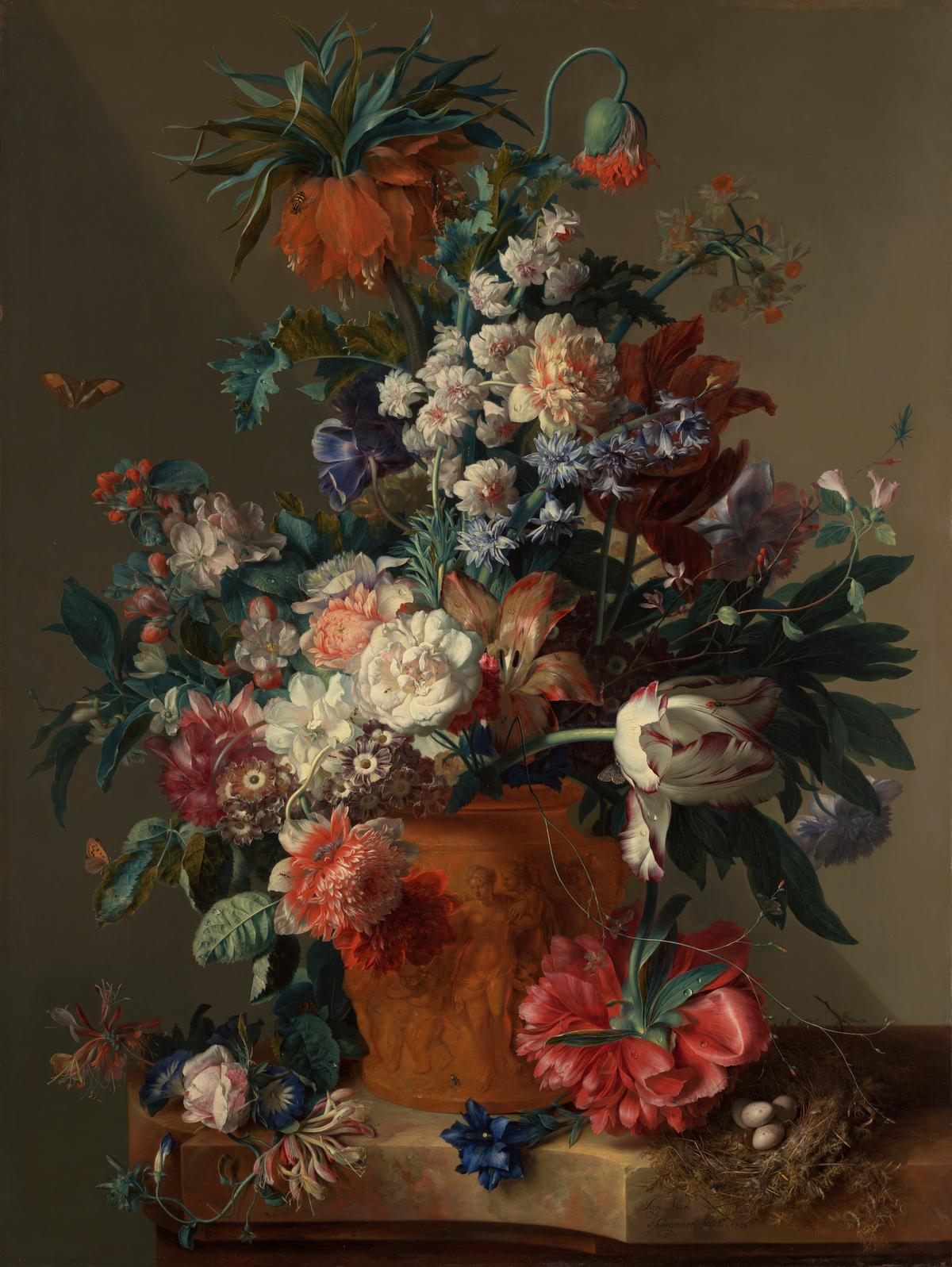
Prior to the 17th century, flowers were primarily symbolic decorations, in service of the main subject. To provide more depth and context to a painting, a plant would either give clues to the identity of the subject or offer a moral description of the subject.
Ludger tom Ring the Younger, a 16th-century German portrait painter, created a pair of flower paintings that have been regarded as the first independent flower pieces. The inscriptions on both vases read, “God is the word, in the plants (in herbis), and in the stones.”
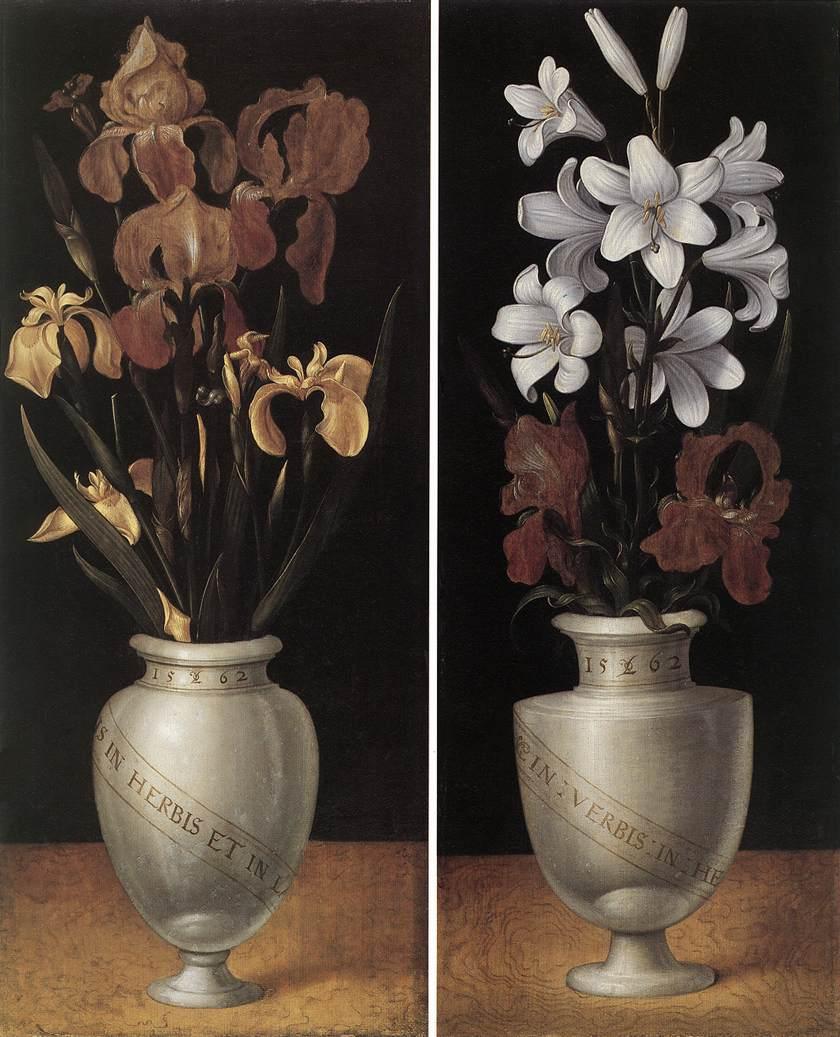
Ambrosius Bosschaert the Elder was the first great Dutch painter of botany, and the head of a family of artists. He started a tradition of floral painting that influenced a generation of fruit-and-flower painters in the Netherlands.
Bosschaert and other Dutch painters often referred to herbals and other botanical texts when composing floral arrangements. These bouquets typically combined flowers from different countries and continents in one vase, arrangements that were quite popular with patrons and nobility across Europe.
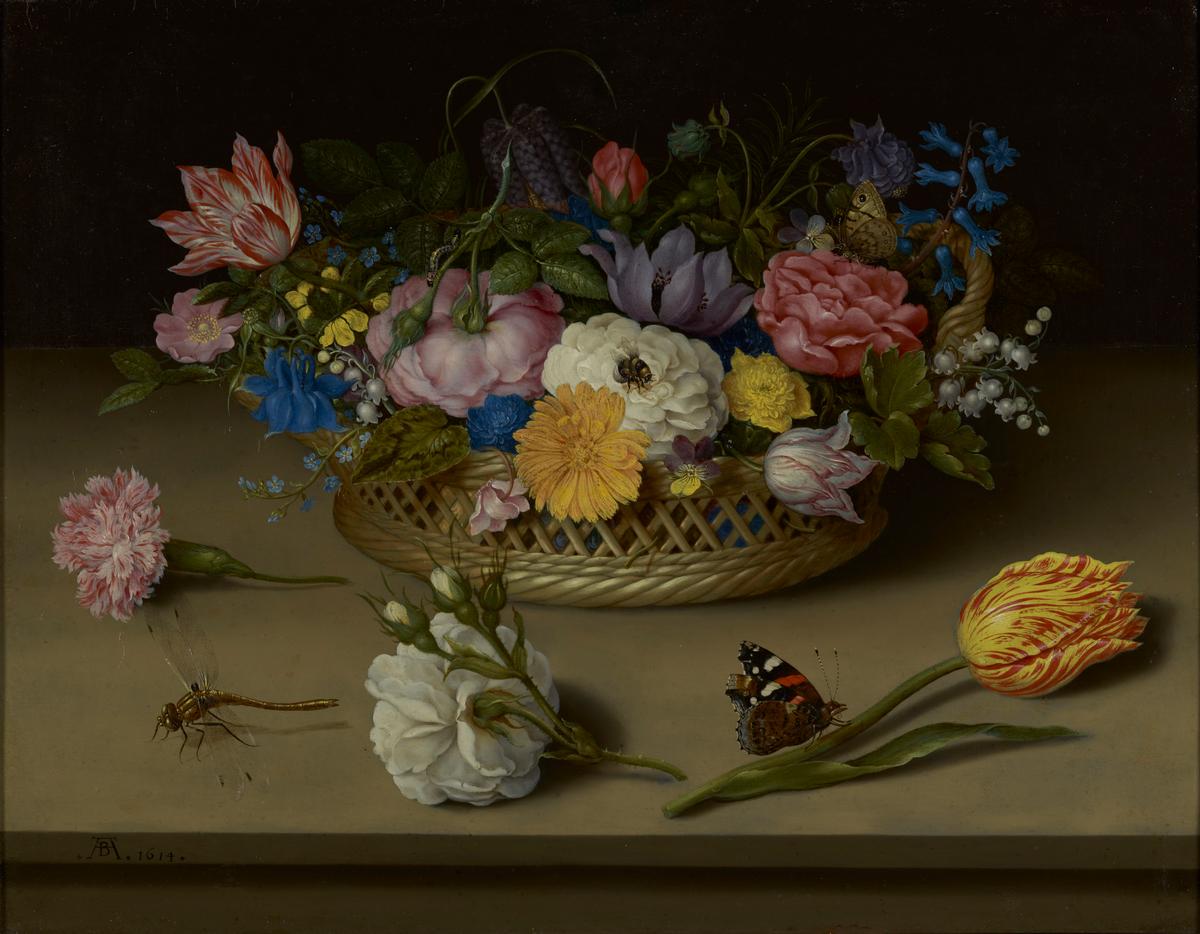
The theme that predominated this period of Dutch still life is that of the vanitas. A vanitas is an artwork that symbolizes the impermanence of life relieved by the prospect of salvation and resurrection. Flowers became the ideal symbol of transience and impermanence.
Some of the most commonly represented flowers in Dutch vanitas works include carnations, tulips, irises, sweetbriar roses, and poppies.
The carnation’s genus, Dianthus, comes from the Greek words meaning “Flower of Zeus.” Red carnations often symbolize divine or earthly love.
The iris flower’s name originates from pre-Christian mythology. Iris was the goddess of the rainbow, and a messenger for the gods. Over the centuries, iris flowers found their way into Christianity and came to symbolize divine messages, faith, and hope.
The poppy is a symbol of eternal sleep, while the tulip symbolizes the sanctifying grace of the Holy Ghost, and divine love.
Since the sweetbriar rose has five petals, it represents the Passion of Christ, and the act of suffering to save man from punishment for earthly sins.
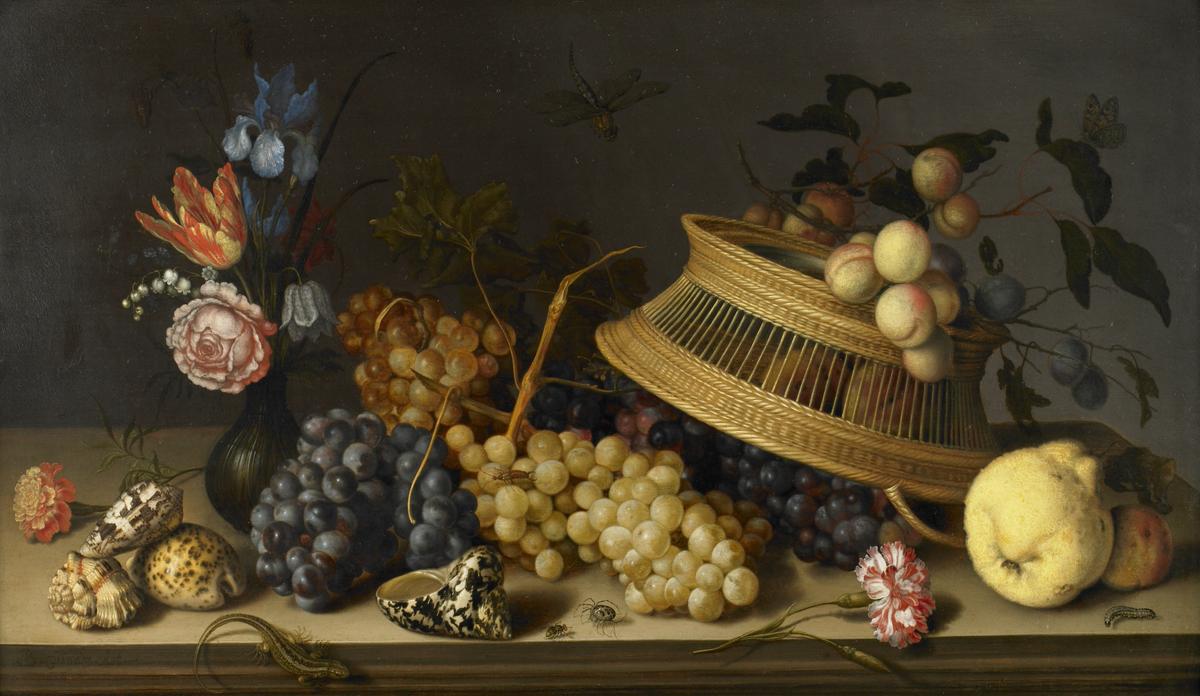
Dutch vanitas works have other common elements within their floral arrangements, such as the symbolic use of insects and fruits. The caterpillar symbolizes man’s existence on earth, while the butterfly represents the soul. The representation of a nest full of eggs is also an ancient symbol for the resurrection of a soul.
The fly also makes a frequent appearance in Dutch vanitas depictions of sin. Flies carry plagues and diseases, therefore they are regarded as symbols of retribution and evil. The spider represents man’s fragility, and the lizard embodies the process of decomposition, awaiting the end of man’s bodily existence.
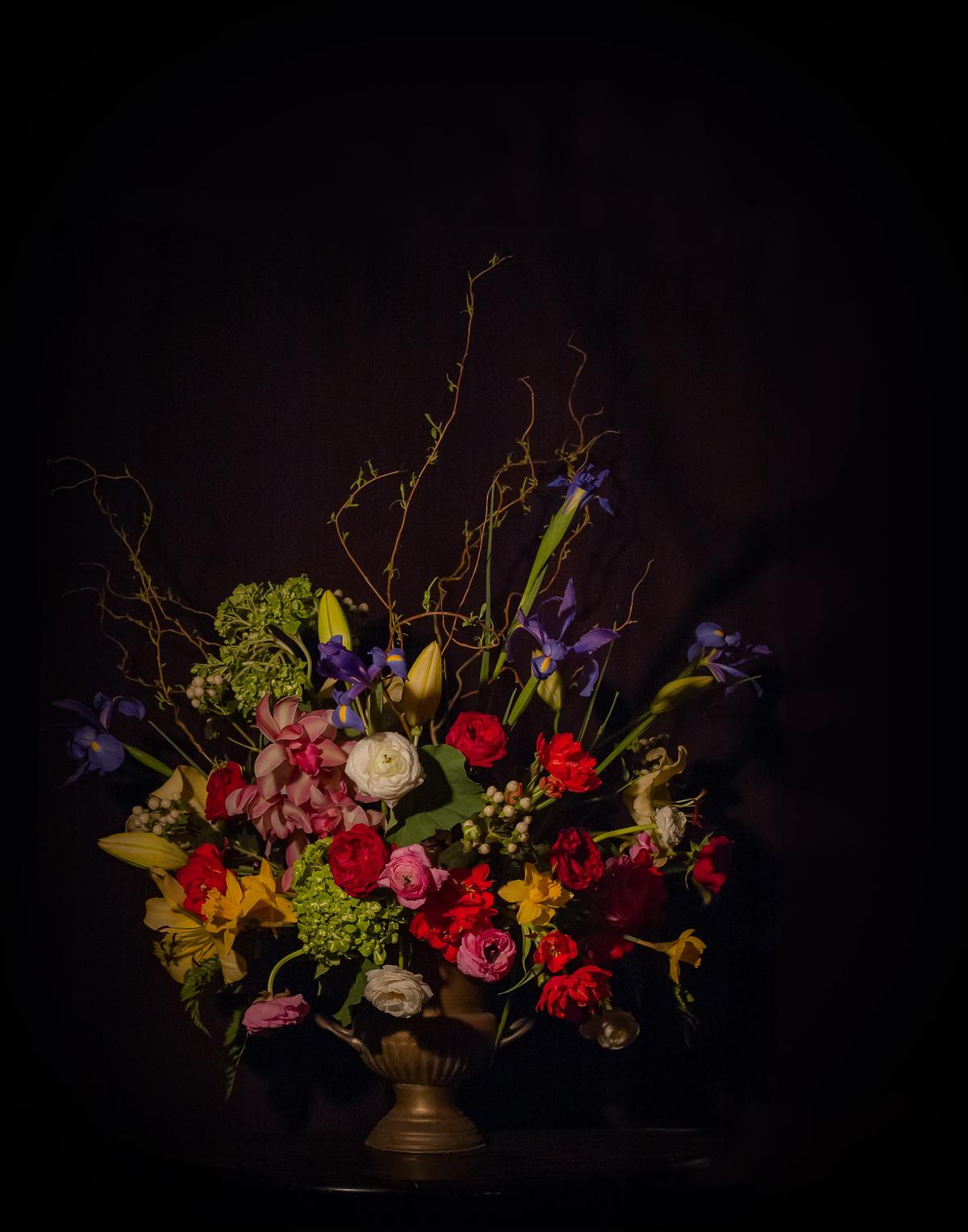
The golden age of Dutch flower still lifes has been a constant source of inspiration for contemporary culture—particularly flower arranging. Several centuries after these artworks were completed, the paintings still offer guidance for new directions in floral design.
Whether we use flowers to express our inner thoughts for recipients or to document the beauty of divinity in nature, flowers have the power to speak to us. Flowers can inspire hope and bring solace, joy, and quiet reflections.

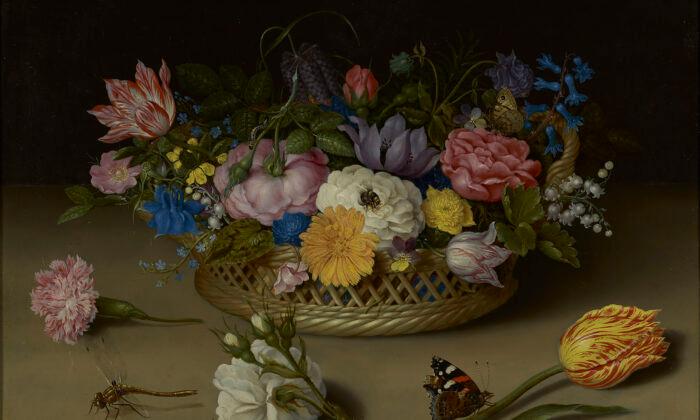
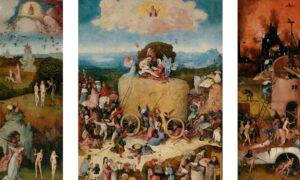
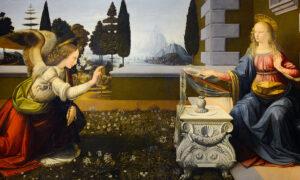
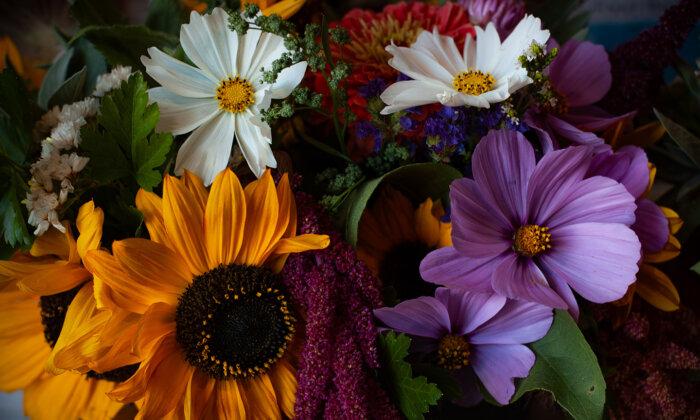

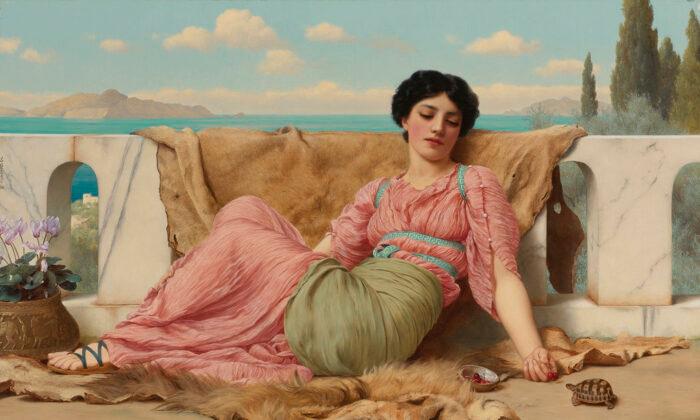
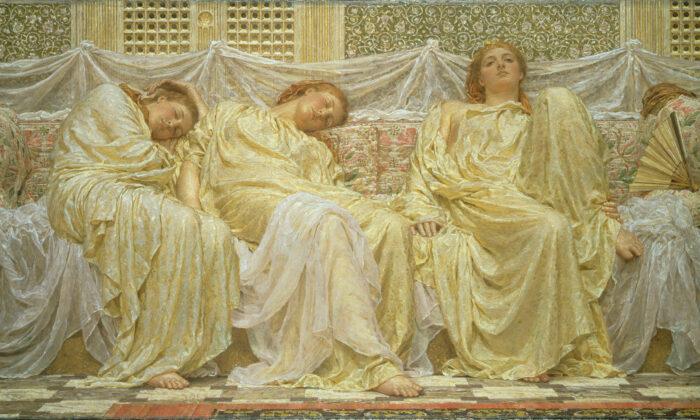
Friends Read Free